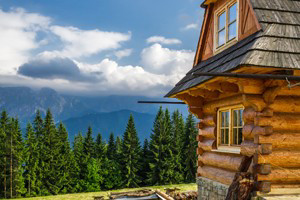Around 11,500 B.C, hunter gatherers of the prehistoric era first inhabited the area in Southwestern Utah known as Canyonlands National Park. Located near Moab, Utah, the park boasts a long and storied history. By 1100 A.D. the ancient Anasazi and a Native American culture called the Freemont Indians cultivated crops and populated the desert landscape, leaving many artistic accounts of their lives. These works of art depicting simple figures and abstract symbols etched into the stone of the area, peak the imagination. Sadly, in the thirteenth Century a drought forced both groups to leave their homes in search of wetter climates.
European explorers, trappers and military expeditions filled the 1800s before the Utah cattle ranchers settled in the area. In 1869 and again in 1871, Major John Wesley Powell led two expeditions into the Colorado River and surrounding area, leaving detailed geological and topographic maps for those cattlemen who followed in the mid 1880s. Uranium prospectors combed the area in the 1950s and 1960s, but found the yield too small to warrant more exploration. In September of 1964, President Lyndon B. Johnson designated the area as a national park, preserving the wonder and beauty of Canyonlands National Park for the generations to come.

